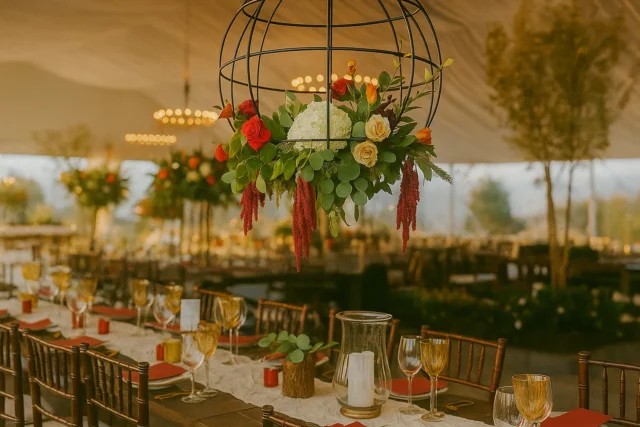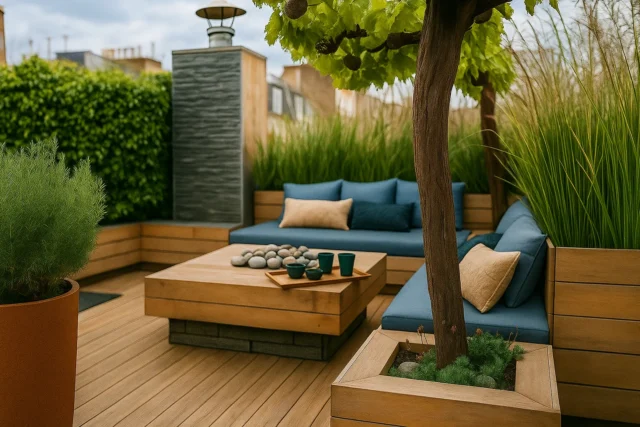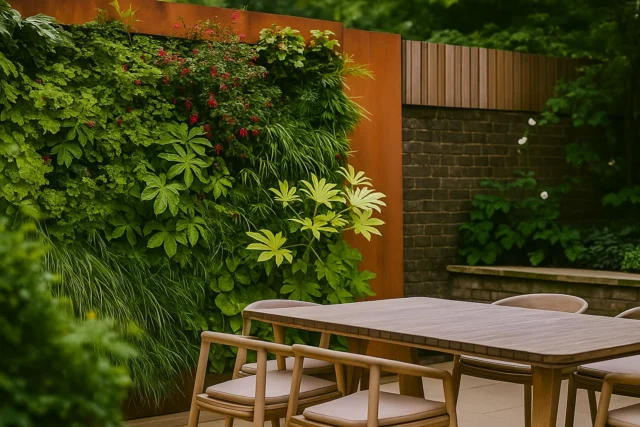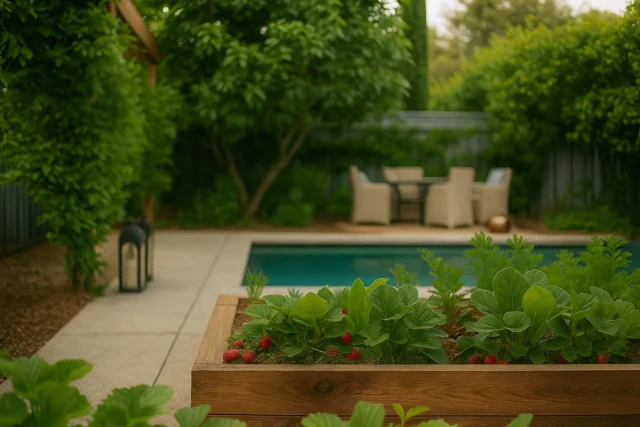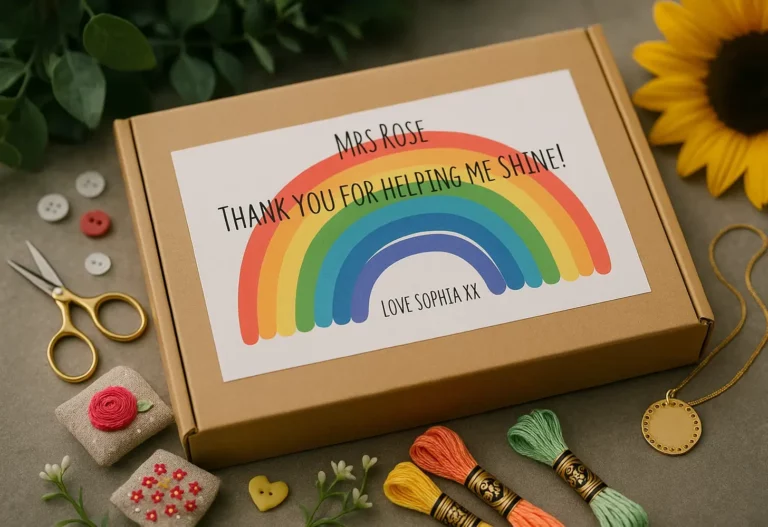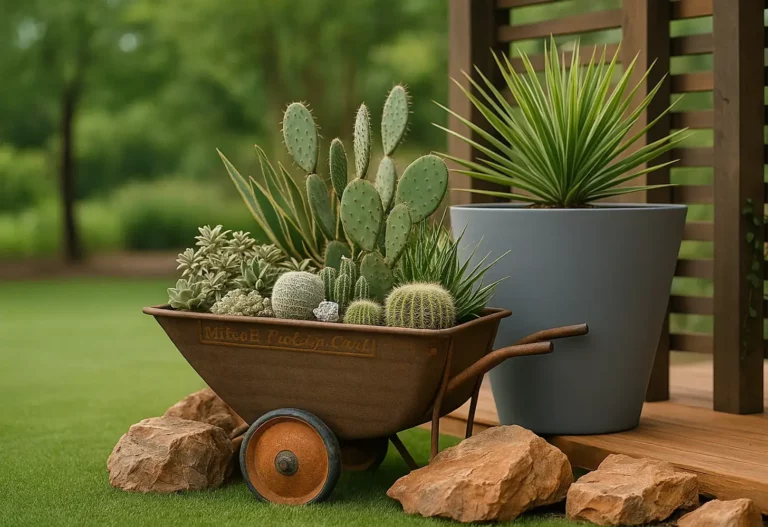Pancakes have a rich history that stretches back thousands of years, evolving from simple flatbreads to the fluffy buttermilk creations we enjoy today.
Table of Contents
ToggleYou might be surprised to learn that pancake history dates back over 30,000 years, with ancient civilizations cooking grain-based dishes on hot stones. Prehistoric pancakes made from starchy plants were processed with crude grinding tools.
In ancient Greece, they made pancakes from wheat, honey, and sour milk.
Indigenous peoples in the Americas contributed with corn-based pancakes long before European settlers arrived.
The Dutch introduced their own version to America in the 1700s.
As for maple origins, indigenous tribes discovered maple syrup well before colonization, using it for sweetening and trade.
This combination of pancakes and maple syrup has become a beloved staple in American cuisine, symbolizing comfort and home.

What ingredients do you need?
To whip up a batch of classic buttermilk pancakes, you’ll need a few key ingredients that come together to create that fluffy texture and rich flavor.
Here’s what you should gather:
- 2 cups of all-purpose flour for the perfect base
- 2 cups of buttermilk to add creaminess
- 2 large eggs, beaten, to bind everything together
If you want to get creative, consider trying pancake variations by adding blueberries or chocolate chips. Additionally, proper mixing is crucial to achieving that light and fluffy texture.
Don’t worry if you don’t have buttermilk; you can use milk with lemon juice or vinegar as a substitute.
For a healthier twist, swap melted butter with avocado oil.
Step by Step Instructions
How do you turn those simple ingredients into fluffy buttermilk pancakes? Start by whisking together your dry ingredients in one bowl and mixing the wet ingredients in another.
Then, combine them gently, ensuring you maintain some lumps. Let the batter rest for about 10 minutes to activate the leavening agents. Using high-quality ingredients, especially real maple syrup, can significantly enhance the flavor.
- Picture golden-brown pancakes bubbling on a hot griddle.
- Imagine flipping them with ease, revealing a perfectly cooked underside.
- Envision stacking them high, ready for a drizzle of maple syrup.
Using proper cooking techniques, pour the batter onto a preheated, greased surface, and keep the heat consistent.
Cooking Tips
Once you’ve mixed your batter and let it rest, it’s time to focus on the cooking process to achieve those fluffy buttermilk pancakes.
Use a large griddle or cast iron skillet for even heat distribution, heating it to 350 degrees F. Grease the griddle with butter or non-stick spray to prevent sticking.
Pour about ¼ cup of batter onto the hot surface, and wait until small bubbles form before flipping. Avoid patting down the pancakes, as this will keep them fluffy.
If you want to explore pancake variations, consider adding chocolate chips or blueberries.
For batter adjustments, you can thin it out with a bit of milk if it’s too thick, ensuring the perfect pourable consistency.

Serving Suggestions
When it comes to serving your classic buttermilk pancakes, you can really amp up the flavor and presentation with a variety of delicious toppings and combinations.
Start with traditional topping variations like butter and maple syrup, or go for fresh fruit pairings such as blueberries, sliced bananas, or a mix of berries.
If you want to get creative, sprinkle chocolate chips or sprinkles on top before flipping the pancakes for extra fun.
For a hearty breakfast, serve your pancakes alongside soft scrambled eggs or crispy bacon.
You could even whip up a citrus salad to add a revitalizing twist.
Storing
To keep your classic buttermilk pancakes fresh and delicious for later enjoyment, proper storage is key.
For pancake preservation, first, cool the pancakes completely. Store them in an airtight container in the refrigerator for up to 2-3 days. When you’re ready to enjoy them again, simply reheat in the microwave or a warm skillet.
If you want to store pancakes for longer, use these freezer tips: After cooling, freeze pancakes in a single layer on a baking sheet for about 30 minutes.
Then, stack them with parchment paper between each pancake in a freezer-safe bag. You can keep them in the freezer for up to 2-3 months. Reheat frozen pancakes in the microwave or a toaster oven for a quick treat!
Health Benefits
Classic buttermilk pancakes can be a delightful addition to your breakfast routine, but it’s important to reflect on their health implications.
While they offer 15g of protein and 10g of fiber per serving, which contributes to your daily nutritional needs, they also come with high sugar and sodium levels.
In a nutritional comparison with healthier alternatives like Kodiak Cakes, these pancakes fall short. Kodiak Cakes provide more than twice the protein and five times the fiber, promoting better satiety and blood sugar control.
To enhance the fiber benefits, consider using whole wheat flour or adding fruits and nuts. These modifications can help balance your meal, making pancakes a more wholesome choice without sacrificing flavor.

What to serve with it
Pancakes can be a delicious canvas for a variety of toppings and accompaniments that enhance their flavor and texture. You might start with traditional topping combinations like butter and warm maple syrup for that classic taste.
Fresh fruits like blueberries, sliced bananas, or strawberries add a burst of color and freshness, while homemade whipped cream introduces a creamy element.
For savory flavor pairings, consider crispy bacon or sausage alongside scrambled eggs, making your meal more hearty.
If you’re feeling adventurous, try adding chocolate chips or chopped nuts for extra crunch.
Peanut butter, honey, or your favorite jam can also elevate your pancakes, creating a delightful mix of sweet and savory that everyone will enjoy.


